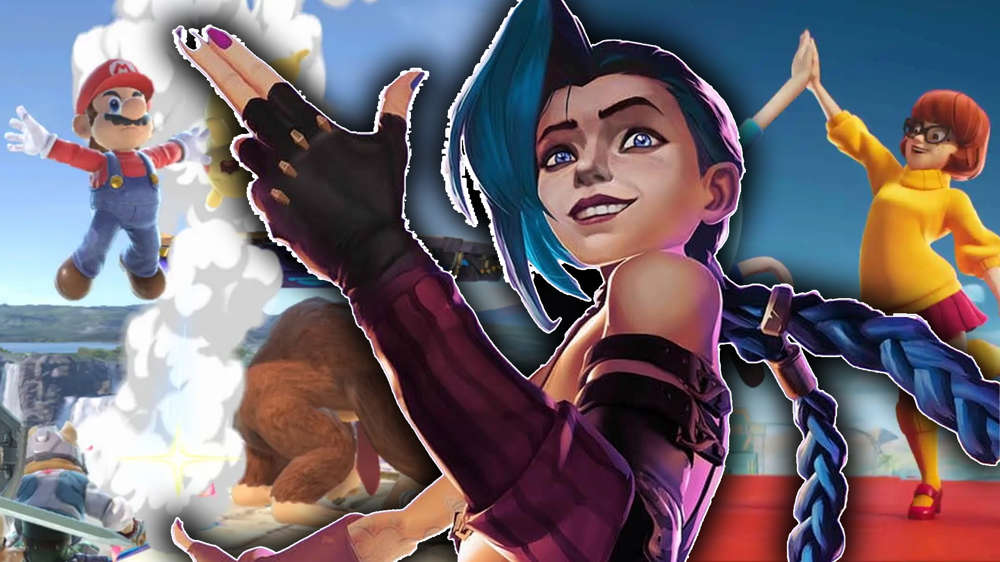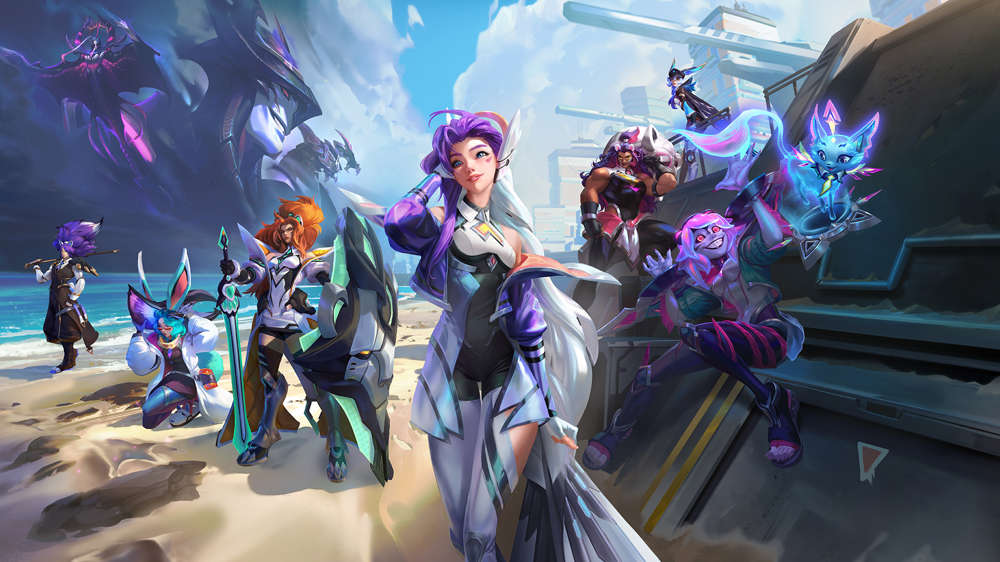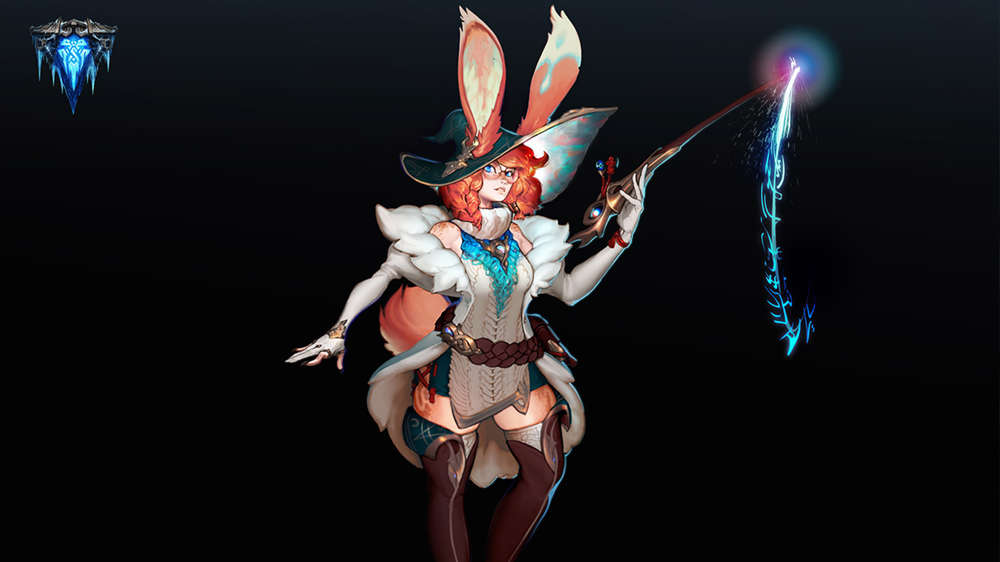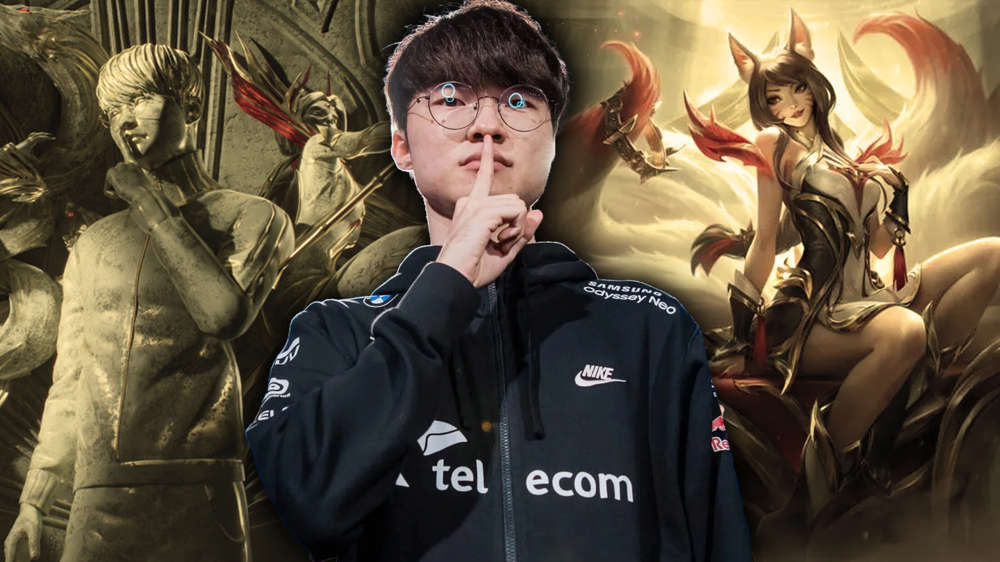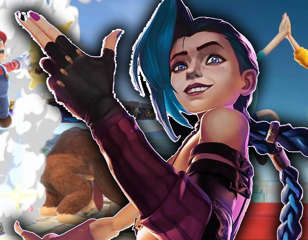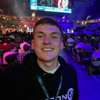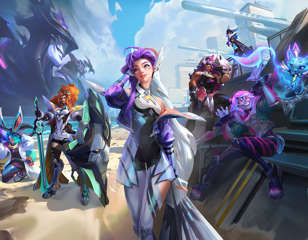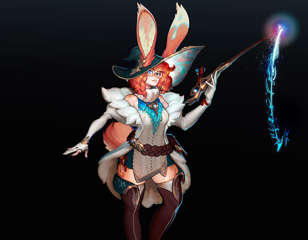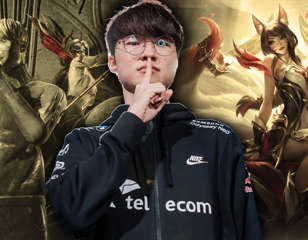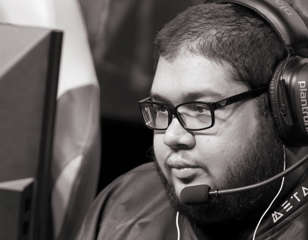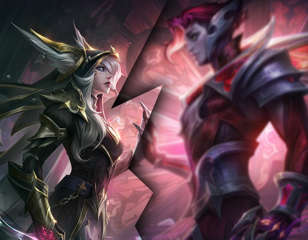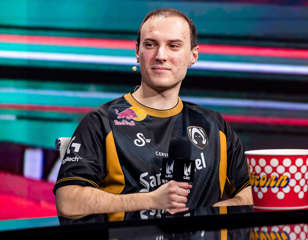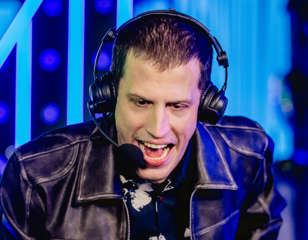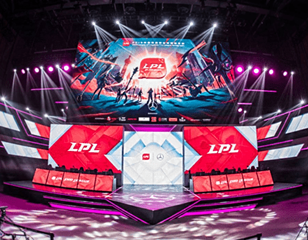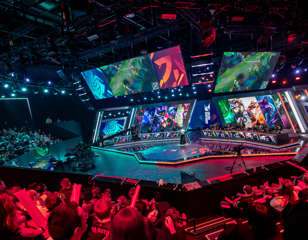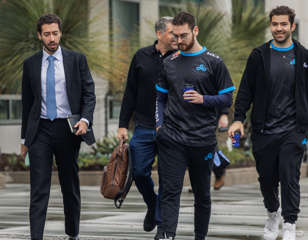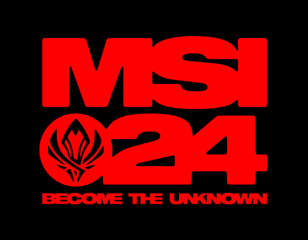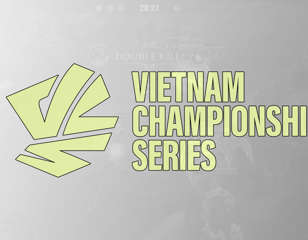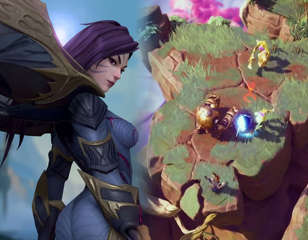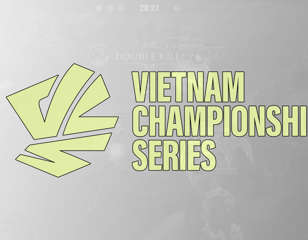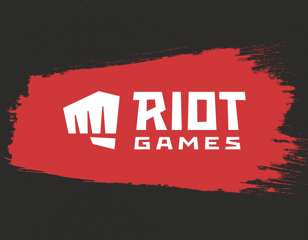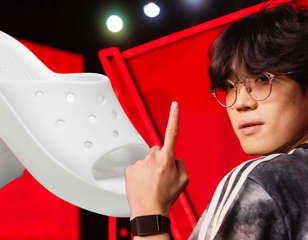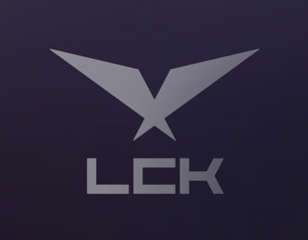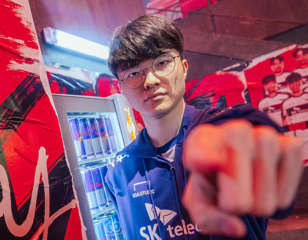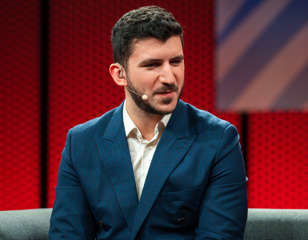LoL Worlds Season 1 retrospective - Where it all began
Exactly nine years after the first League of Legends World Championship was held in 2011, what better time is there to look back at where it all began by looking at Worlds Season 1?

Nico Fulford
20th Jun 2020 19:00
lolesports
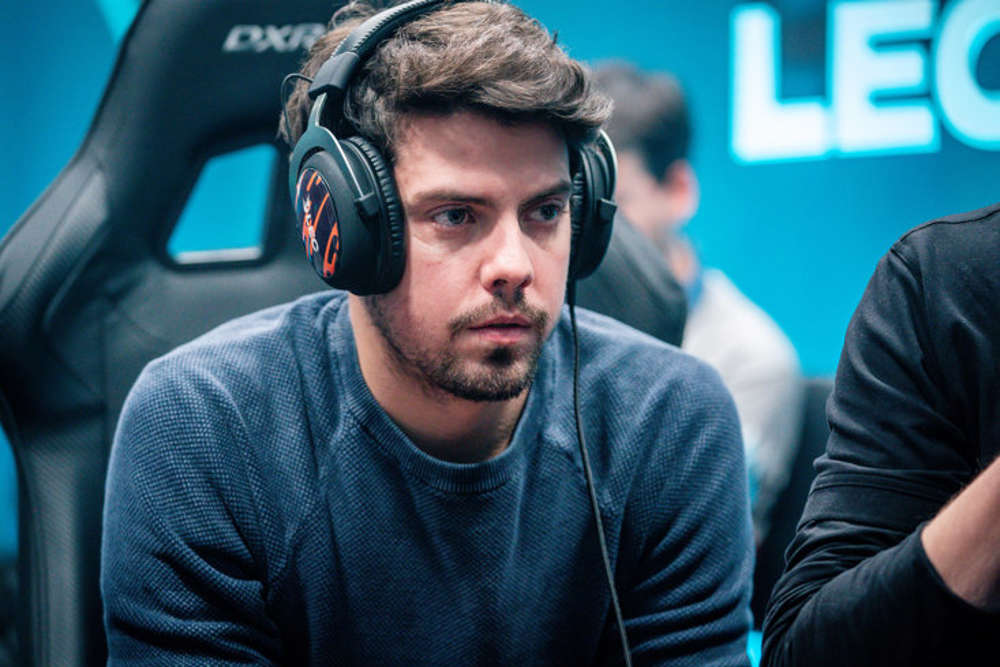
Over a decade has passed since Riot created League of Legends, the worldwide phenomenon that has undeniably changed the esports world forever. A lot has changed since then; the company, industry and gaming as a whole are incomparable to what they were in 2009. Even the game itself is almost unrecognisable after ten years of steady changes and additions. Now, exactly nine years after the first World Championship was held in 2011, what better time is there to look back at where it all began?
The Dark Ages
First and foremost, it’s important to remember that the eSports scene at the time was nowhere near as mainstream as it is today.
In comparison, tournaments were small and prize pools were even smaller. Only a $100,000 prize pool was on offer at Season 1 Worlds, compared to the over $2,000,000 up for grabs in 2019.
Organisations formed and crumbled often, making job security hard to come by for players. A lot of teams worked on an informal basis, without legal contracts or safety nets for players. Becoming a pro-player in such an inexperienced and unregulated industry was a huge financial risk, evidenced by the tiny number of players who were able to make a stable income while the game was in its infancy. In addition, most pro players from 2011 are hardly comparable in skill to pro players now, with only a small minority managing to constantly improve with the waves of new talent. Those who did not stay motivated or earn enough money from playing were inevitably left in the dust.
State of play
Obviously, League was a completely different game nine years ago. There were only 76 released Champions by the start of Worlds 2011, but Orianna and other newer Champions were not playable yet. Most of those original Champions have been reworked by now, with completely different kits and playstyles. For example, Alistar was played as a full AP mage in multiple different roles. Items have been changed, added and removed too; Deathfire Grasp and Force of Nature have been removed, along with a plethora of other supposedly problematic items. Even Summoner Spells were different, with the now-removed Clairvoyance being an essential pick for support.
The tournament meta was defined by AP carries; and Champions like Alistar, Rumble, Vladimir, Twisted Fate and Nidalee. Nunu, in particular, was very strong, having a Pick/Ban rate of 96.4% and a 66.7% win rate across the 18 games he was picked in.
The Teams
The 2011 World Championship was held at Dreamhack in Sweden, with a live audience of roughly just eighty people in the final match. It was incomparable to the sold-out stadiums we see now, with tens of thousands of clamouring fans from all over the world.
Only 8 teams qualified to participate; three from North America, three from Europe, and one each from Singapore and the Philippines. This may come as a surprise, with the Korean and Chinese regions producing some of the most successful and dominant organisations over the years. Unfortunately, both of these servers only launched late in 2011, missing out on the first World Championship.
Among the teams that did participate are a few familiar names; Fnatic, Team SoloMid, and Counter Logic Gaming are all still competing in 2020. Alongside them were Against All Authority and Team gamed.de from Europe, and Epik Gamer from North America. Representing Singapore was Xan, and from the Philippines came Pacific eSports.
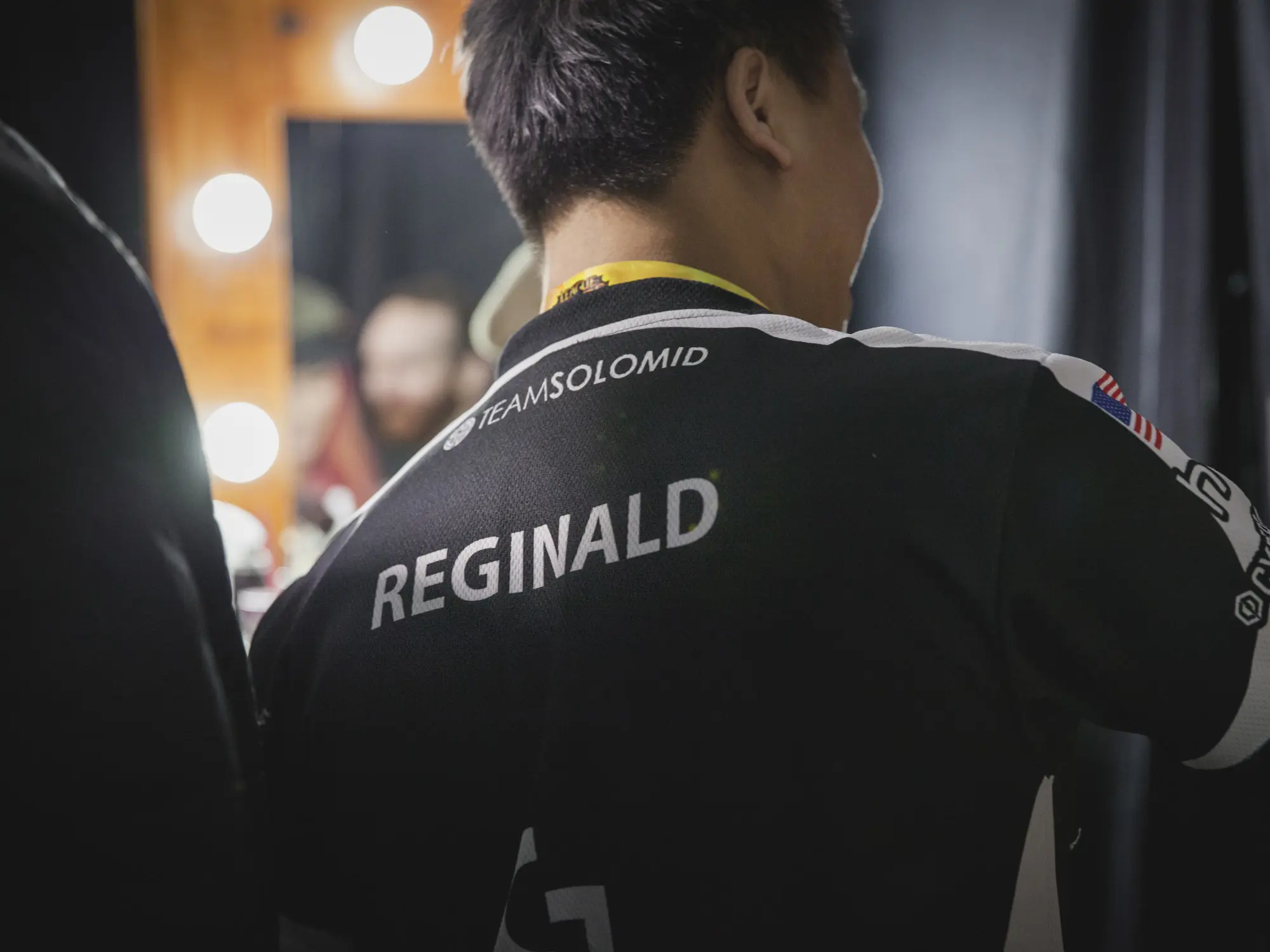
Sibling rivalry
The best of the best all gathered at Dreamhack to battle for the very first world title, some of whom you might recognise.
TSM, for example, was founded by Andy “Reginald” Dinh in 2011. Back then Reginald was a renowned mid laner, and his brother Dan Dinh was also a great jungler. Originally they both played together on the team All or Nothing, but Dan Dinh left due to disagreements with his brother. Dan then went on to set up his own team, Epik Gamer, while Reginald created TSM. In a twist of fate, both teams qualified for Season 1 Worlds.
Unfortunately, there could only be one winner. Brother was pitted against brother in a rivalry that shaped the competitive scene of early League of Legends.
The Debut of a Legend
Yiliang “Doublelift” Peng was not even eighteen at the time, far from being the world-famous ADC and trash talker that he is now. He was shy, and awkward and had never played in a major tournament before. After convincing his parents to let him go to Sweden, he played not for CLG or TSM, but for Epik Gamer. In Season 2 he became arguably the best ADC in the world, but in Season 1 Doublelift was actually a support player who garnered attention for his Blitzcrank. Unfortunately for Doublelift, his parents kicked him out of the house after he returned from Sweden, disappointed by his desire to play games for a living.
On Epik Gamer’s roster, Doublelift teamed up with Dyrus, a name very familiar to slightly older fans. Dyrus had been a dominant player since the Beta of League of Legends, and was Epik Gamer’s starting top laner. Funnily enough, the players of Epik Gamer switched roles regularly, so Dyrus and Doublelift ended up laning together multiple times at the tournament. Famous for his taunting on Singed, he is one of only two players who managed to qualify for each of the first five World Championships.
In the following seasons, Dyrus became a fan favourite as TSM’s top laner, before his emotional retirement at Worlds 2015. Since then, he has become a successful variety and League streamer.
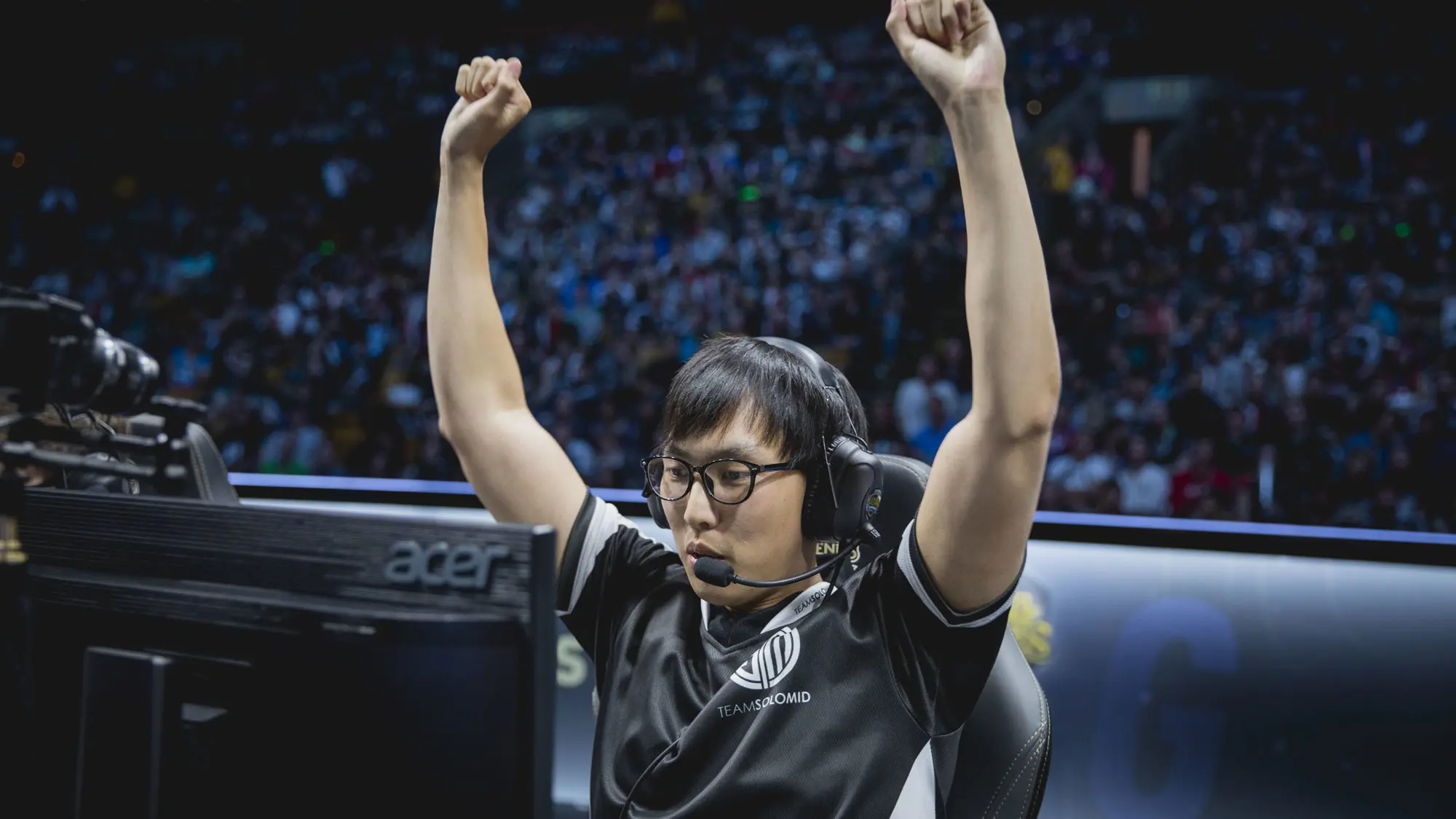
The Kings of Europe
Fnatic’s entire roster for Worlds was once part of another team called myRevenge. This included Cyanide as the jungler, Shushei as the mid-laner, and the now-immortalised xPeke as the top-laner. The talents of this roster quickly established themselves, leading Fnatic to become the most dominant team in Europe.
Due to passport issues, xPeke was actually unable to compete in the group stage, only arriving in time for the playoff stage. Soon after Worlds, he moved to the mid-lane and became well-known internationally. It was in Pre-Season 3, though, that xPeke achieved global fame. He pulled off a thrilling Kassadin backdoor in an hour-long game against SK Gaming, securing the win. Like inSec’s Lee Sin, xPeke’s name is invoked whenever a player goes for a desperate backdoor. xPeke left Fnatic in 2015 to found his own team called Origen, which is still a strong competitor today in the LEC.
Competing with Fnatic for the title of best European team was the French team ‘Against All Authority.’ Paul “sOAZ” Boyer, now the top-laner for Immortals, was picked up by Against All Authority in late 2010. For many years one of the best European top laners, sOAZ became a key player as a part of Fnatic and Origen rosters in later seasons. With sOAZ at the helm, aAa was definitely in contention for the first World Championship title.
Against all logic
CLG, founded by George “HotshotGG” Georgallidis, is the oldest League of Legends team still playing today. The initial roster was formed in April 2010 and eventually consisted of HotshotGG, Kobe24, bigfatlp, Chauster and Elementz. Among the small community of League players at the time, HotshotGG was the closest thing to a celebrity you could find. His stream consistently pulled huge numbers of viewers, often over twenty thousand at a time. Even by today’s standards, many large streamers would do anything for the kind of viewership and fame that HotshotGG enjoyed. Not only that, but HotshotGG was an extremely talented player. In 2013, Faker even praised HotshotGG’s LeBlanc as better than his own.
In January 2011, jungler Kobe24 left CLG and retired as a professional player. He was replaced by Saintvicious, another of the most prominent personalities at the time. With no designated shot caller on CLG, the egos of HotshotGG and Saintvicious often got in the way of their gameplay, and they were known to have multiple disagreements while on the team together.
Nevertheless, the individual talent of the players managed to secure them a place at Worlds. Their mid-laner bigfatlp had three different accounts in the top ten of the solo queue ladder, including ranks one and two. With their big-name players and previous successes, North American fans had high hopes for CLG.
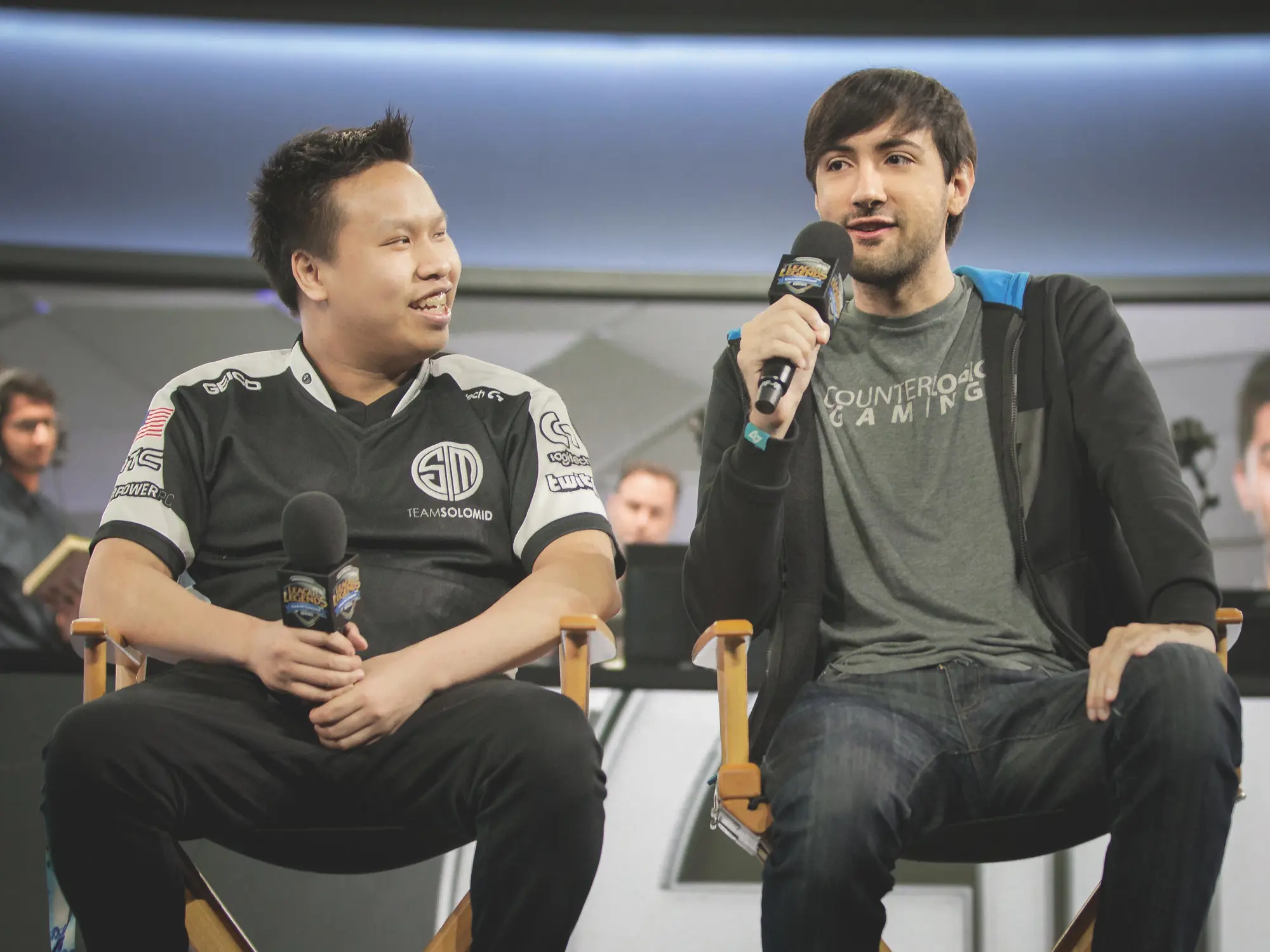
Group Stage
To kick off the tournament, the eight teams competed in a best-of-one, round-robin group stage. These matches decided who went to the semi-finals. The first-ranked team of each group went directly, while second and third place went to Round 1 of the playoffs for a relegation match. The 4th ranked team of a group was eliminated.
Surprisingly, Epik Gamer dominated both European powerhouses in Group A with outstanding performances across the board, earning a spot in the semi-finals. Against All Authority came in second, gaining two wins against Fnatic and Pacific eSports. With star top laner xPeke absent for the group stage, it was all Fnatic could do to beat Pacific eSports and stay in the runnings.
Group B was a much closer affair. Xan from Singapore managed an upset in Group B against TSM, a 10/0/4 Brand stomping the NA players thoroughly. Unfortunately, Xan still couldn’t escape elimination. They were defeated by both CLG and Team gamed.de, ending up in fourth place. Both CLG and TSM beat gamed.de, putting the European team in third place. The two American titans fought for first place in Group B, with TSM eventually winning out convincingly. Although both teams were 2-1, TSM secured more kills and so received a direct pass to the semi-finals.
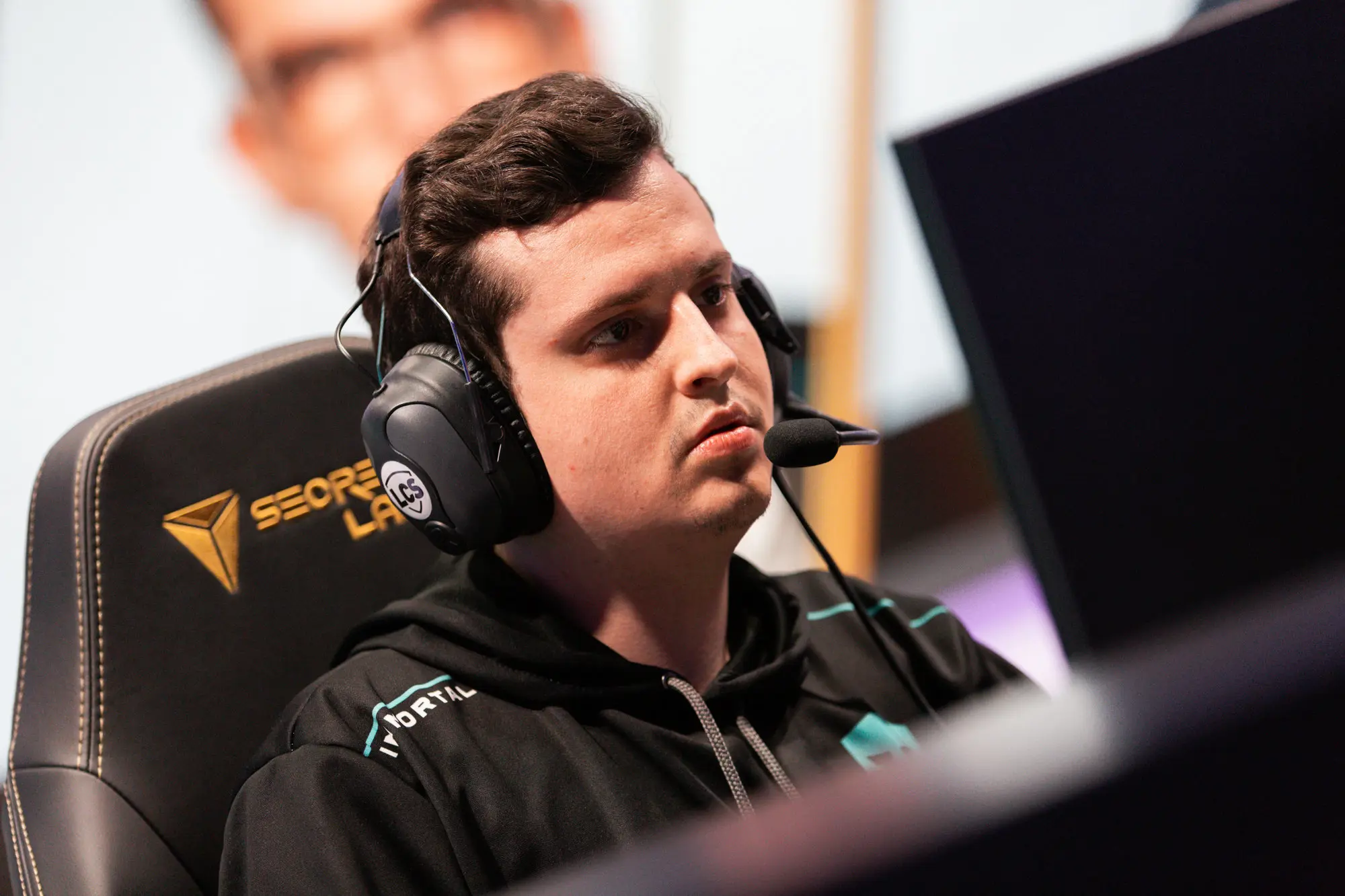
Playoffs
In the best of three relegation matches between second and third place, the second-place teams started with an extra win. aAa faced off against their fellow Europeans gamed.de, trouncing them in every lane to progress handily.
With xPeke finally able to play, Fnatic got the opportunity to show what they were really made of. Even with a one-game advantage, CLG didn’t stand a chance. In the first game, CLG only got two kills before losing, and the second didn’t go much better. By banning HotshotGG’s Nidalee in both games, Fnatic progressed in an overwhelming fashion.
Understandably frustrated, CLG had no mercy for gamed.de in the match to determine 5th place. Team gamed.de also only managed two kills before losing in just under 29 minutes.
Then came the semi-finals of the winner’s bracket. TSM and aAa went head to head, both teams taking a difficult win each. Game 3, though, was anticlimactic. Rumble made it through the ban phase and was secured by sOAZ, while the rest of aAa dominated TSM in their respective positions for a sub-thirty-minute win. Reginald and his team dropped into the loser’s bracket, hoping to fight their way back up to the Grand Final.
Fnatic came into their semi-final against Epik Gamer with unstoppable momentum, Shushei and xPeke crushing the American hopefuls in Game 1. Epik Gamer put up one final effort in Game 2, managing to shut down xPeke’s Karthus with a Vayne pick. Although xPeke racked up 12 deaths over the 53-minute game, Shushei’s Alistar and Lamia’s Ashe proved too strong for Dan Dinh’s team. With Doublelift and Dyrus in tow, Dan dropped down to the loser’s bracket to face his brother for a chance at redemption.
The winner’s bracket final was an all-European affair, the two powerhouses of Fnatic and aAa clashing once again. Fnatic was back for vengeance after their loss in the Group stage, only conceding a single death to aAa in a one-sided Game 1. Determined to hold out, sOAZ rallied aAa for a close Game 2. Unfortunately, Shushei’s Anivia built a 7k gold lead over the opposing Karthus, closing out the tense game in the 49th minute.
In the loser’s bracket, the brothers Andy and Dan Dinh struggled against each other valiantly. In Game 1, Reginald gained the upper hand playing Annie. Dan, Doublelift and Dyrus could do little to resist the 32-minute loss, so came back in full force for Game 2.
With neither team willing to give up their dreams of the World title, the game stretched to 59 minutes before TSM put the final nail in the coffin. Even Dyrus’ famous Singed couldn’t save Epik Gamer from TheRainMan’s AD Teemo. Dan Dinh had no choice but to bow out, settling for fourth place while Regi soldiered on to face aAa in the loser’s bracket final.
Alas, it was not to be. Armed with a 1 game advantage, aAa took no prisoners. Although he put up a good fight, TheRainMan’s Teemo was helpless before MoMa’s Malzahar and YellOwStaR’s AP Sion. Reginald’s base crumbled, and North America’s international hopes along with it. Now all that was left was the Grand Final, a rematch between Fnatic and aAa, the final battle for the throne.
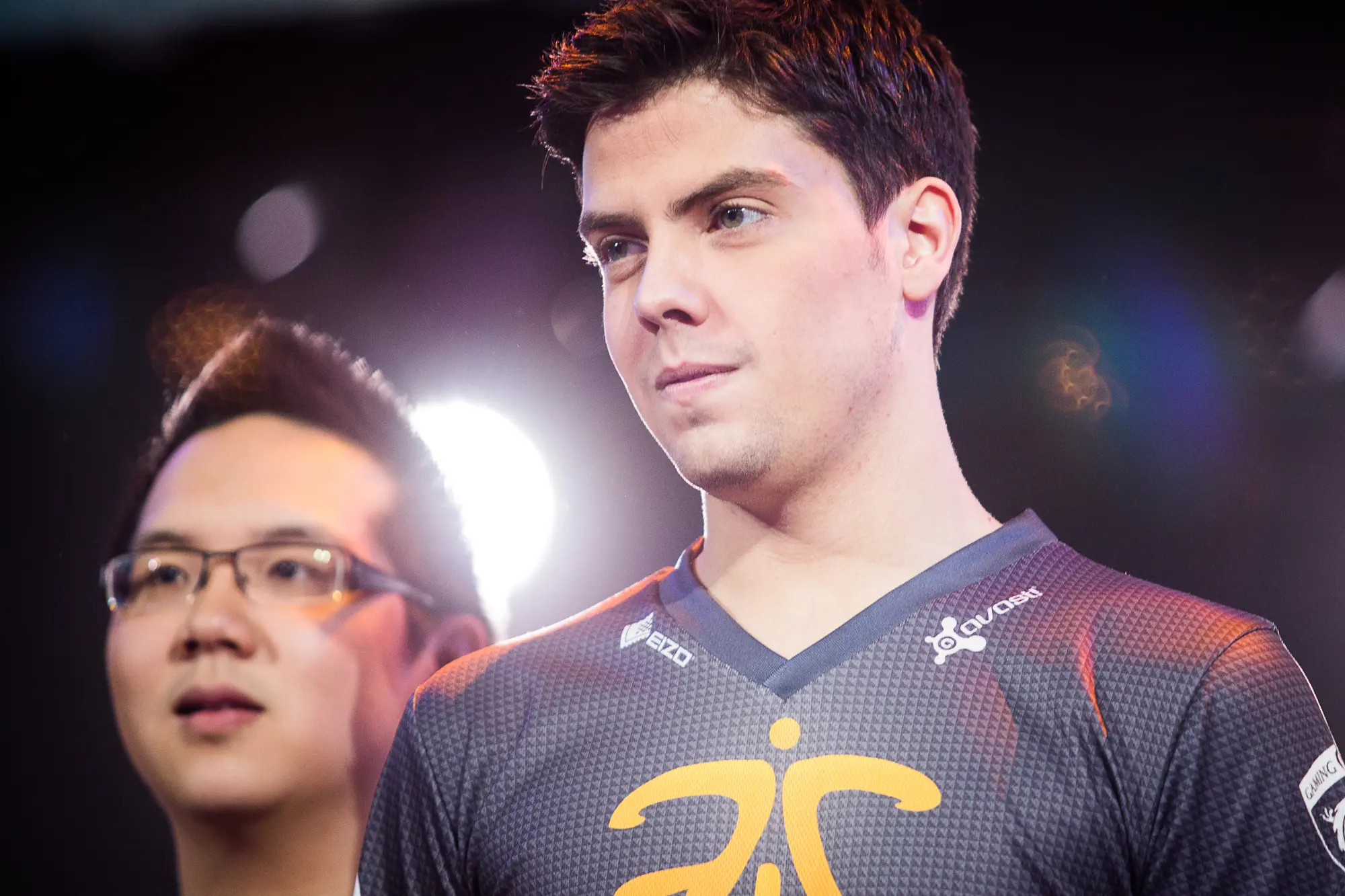
The Finale
As the victors of the previous match against aAa, Fnatic started with a one-game advantage. Against All Authority was fighting an uphill battle before they even exited the fountain.
Undeterred, aAa picked up an early lead with some well-timed Jarvan ganks. After securing the first dragon and burning many of Fnatic’s summoner spells, aAa managed to surgically pick apart their opponents. MoMa’s Anivia and sOAZ on Irelia were a scourge against xPeke’s Malzahar, and Cyanide could do little against Jarvan as a severely under-levelled Rammus.
The game looked like a foregone conclusion before Fnatic managed to kill three members of aAa in the top lane, gaining the opportunity to take Baron and swing the momentum in their favour. Unfortunately, they instead chose to chase MoMa across the map to bot lane, constantly taking damage from Anivia’s slows and stuns. By the time they caught up, sOAZ was ready to pounce.
The Irelia and Anivia effectively beat Fnatic in a two versus five situation, with some help from a perfect Ashe arrow by YellOwStaR. aAa had looked dominant, and through their efforts had levelled the playing field. Everything rested on this next game.
Finally wising up, Fnatic banned MoMa’s Anivia, forcing him onto Malzahar. This time Fnatic was proactive, a gank from Warwick giving Shushei’s Brand first blood on MoMa. aAa still looked strong though, skirmishing in the top and bot lanes, before gathering to take Dragon. Although they did secure the dragon, the French team made the mistake of splitting their players. Fnatic didn’t miss such a good opportunity, with xPeke’s Karthus dealing enough AoE damage to pick up a triple kill.
Despite being four kills up, Fnatic’s gold lead was mitigated by the farm disparity in the bot lane. After a messy fight in the top lane where aAa took down three Fnatic players, the teams were neck and neck. By the time they gathered for a second dragon, aAa was actually 1k gold ahead. Rather than fight, however, aAa chose to trade dragon for the opposing mid tower. Fnatic had no intention of letting them go scott-free though, an Ashe arrow from Lamia forcing a 5v5. Fnatic came out on top, losing 2 players for 3 kills.
The game continued to be a battle of attrition though. Even after securing Baron and another four kills without a death on their side, Fnatic’s lead was precarious at best. Only after both teams contested for a second Baron did Fnatic’s lead materialise. After another great initiation with Ashe's arrow, xPeke was able to fight three aAa players almost alone while his teammates cut down the stragglers. Although xPeke lost his life for it, Fnatic managed to break aAa’s ranks and ace them.
Having lost two inhibitors, aAa were on their last legs. They forced one last fight at Baron, grasping at their final chance to pull back a lead. It was not enough.
With two players down and minions flooding their base through top and bot, aAa could only watch helplessly as Fnatic forced down mid-lane and destroyed their nexus.
After a weekend of intense battle on the rift, Fnatic became the first-ever World Champions with Shushei as the MVP. Nine years later, they are still the only European team to hold the title. With Fnatic and G2 now among the best teams in the world, Europe can bring home a second World Championship in 2020.

About The Author
Nico Fulford
Nico Fulford was a freelance contributor to GGRecon.
